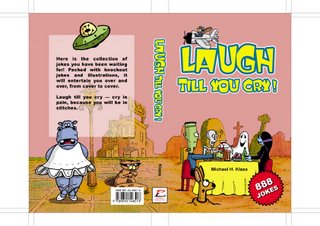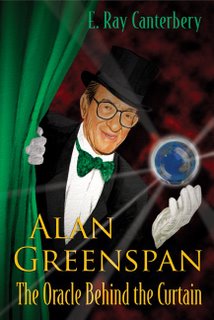 Nestlé Children’s Book Prize 2006
Nestlé Children’s Book Prize 2006
The Nestlé Children’s Book Prize is one of UK’s biggest and longest-running awards of its type, the Prize celebrates the very best in children’s literature and every year involves over 55,000 children in choosing the nation’s favourite children’s books! It has helped launch the career of many of today’s top children’s writers, including JK Rowling and Jacqueline Wilson.
The chair of judges, journalist Julia Eccleshare commented: “The judging panel have produced a superb shortlist from an exceptional field of submissions. The nine books chosen have one thing in common: the ability to draw the reader into a different world through the use of drama, humour, believable characters, and, in the case of the picture books, wonderful illustrations. They showcase the very best in children’s literature today”.
The shortlist now goes to the toughest critics of all, the children’s judging panel. Over 100 schools will take part in the judging process to decide the winners, who will be announced on December 13th at a ceremony at the British Library. Last year around 4,500 school-children were involved in choosing the winning books.
The Nestlé Children’s Book Prize is sponsored by Nestlé UK Ltd, one of the UK’s largest food and beverage manufacturers, and a major supporter of charities helping children and teenagers. The prize is administered by Booktrust, an independent charity which promotes books and reading.
Nestlé Children’s Book Prize Shortlist 2006
9-11 age category
The Diamond of Drury Lane: Julia Golding (Egmont Press)
The Tide Knot: Helen Dunmore (HarperCollins Children’s Books)
The Pig Who Saved the World: Paul Shipton (Puffin)
6-8 age category
Hugo Pepper: Paul Stewart & Chris Riddell (Doubleday)
Mouse Noses on Toast: Daren King – illustrated by David Roberts (Faber and Faber)
The Adventures of The Dish and The Spoon: Mini Grey (Jonathan Cape)
5 & under age category
Wibbly Pig’s Silly Big Bear: Mick Inkpen (Hodder Children’s Books)
The Emperor of Absurdia: Chris Riddell (Macmillan Children’s Books)
That Rabbit Belongs to Emily Brown: Cressida Cowell & Neal Layton (Orchard Books)

And the winners are:
2006 gold medal winners9 to 11 years category
The Diamond of Drury Lane by Julia Golding (Egmont)
6 to 8 years category
Mouse Noses on Toast by Daren King, illustrated by David Roberts (Faber Children's Books)
5 years and under category
That Rabbit Belongs to Emily Brown by Cressida Cowell and Neal Layton (Orchard Books)



















